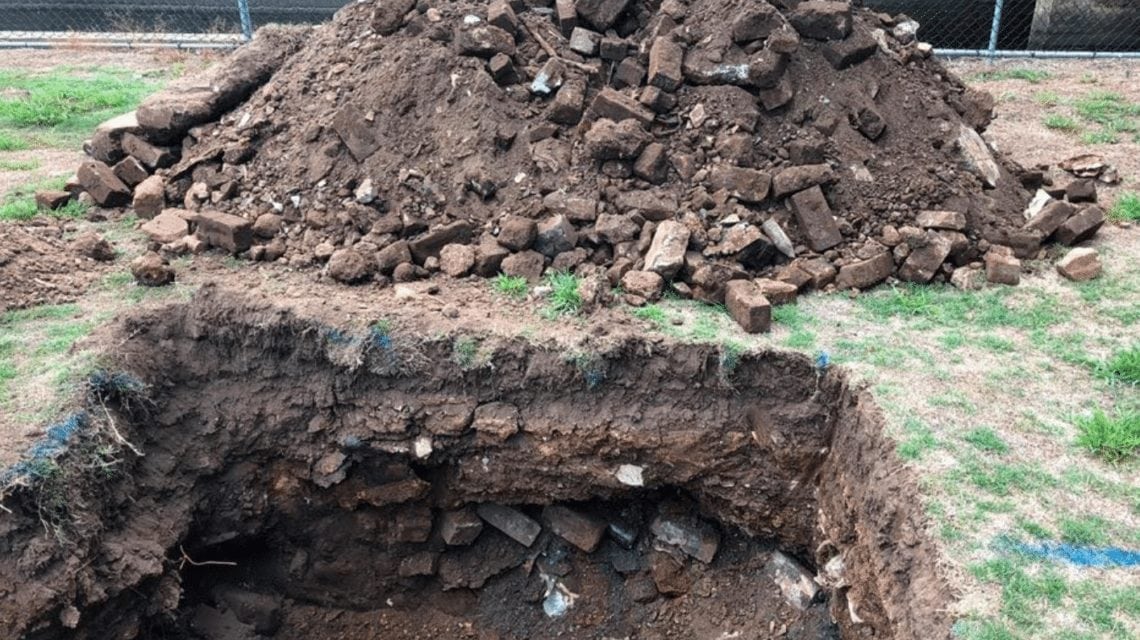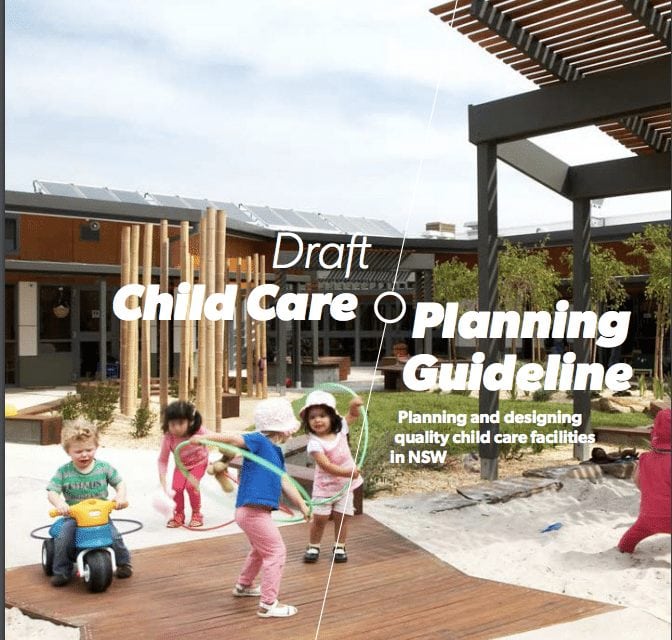
One uncertainty regarding per‐ and polyfluoroalkyl substances (PFAS) is the total oxidisable precursor assay (TOPA). TOPA aims to detect PFAS precursor compounds by oxidising samples to see whether or not they develop into regulated (and easier to detect) PFAS compounds – indicative of whether there are regulated PFAS compounds at a site that might later emerge
read more







